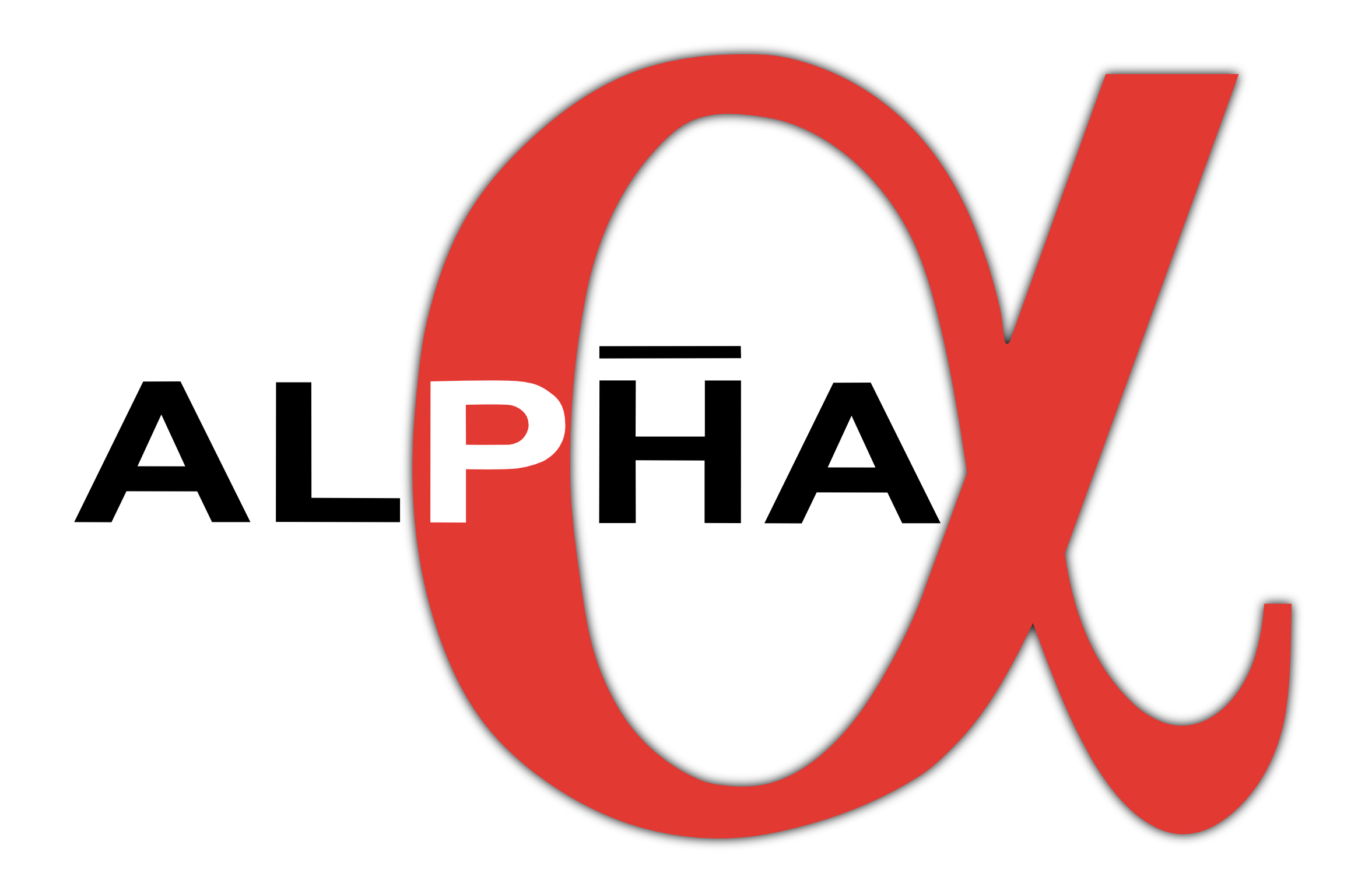Our latest breakthrough, the first detailed study of one of the hyperfine components of the 1S-2S line in trapped antihydrogen has been published in Nature and is the most precise and most accurate measurement of antimatter to date. This builds on years of work, developing techniques to manipulate super-cold antiprotons and positrons, create trapped antihydrogen and detect the very few atoms that are available to the experiment. It is another crucial step towards precision comparisons of antihydrogen and hydrogen.
Directly measuring if there are any differences between the antimatter partners may help us understand why our Universe is made almost entirely of matter, even though matter and antimatter should have been produced in equal quanitites in the Big Bang.
In our experiment, we trapped antihydrogen atoms in our magnetic trap and illuminated them with laser light with a wavelength close to 243nm. In four series of runs, we tuned the light so that it was positioned in a number of different places relative to the calculated resonance with the 1S-2S transition in hydrogen. If the light excites the antiatoms to the 2S state it has a good probability for getting photoionised by subsequent photons and thus be lost from the trap. By repeating the experiment for a number of different frequencies we could map out the resonance position of the transition and it's shape.
In each run, after 300s of illumination, we counted both the number of atoms escaping during illumination and remaining in the trap following illumination using our annihilation imaging detector. In total we did four sets of four frequencies each, using about 4000 antiatoms in each set, composed of about 21 individual runs. Each run stacked antihydrogen from 3 mixing cycles of positrons and antiprotons. Combining these four sets allowed us to extract a value for the centre frequency of 2 466 061 103 079.4 (5.4) kHz, to be compared with our calculation for hydrogen in the same magnetic field of 2466 061 103 080.3 (0.6) kHz. We thus found that our measurement of antihydrogen was consistent with the expected value for hydrogen to a precision of about 2 parts in 10 to the power 12. While this is still about 3 orders of magnitude short of the state-of-the-art in hydrogen, it is nontheless the most precise and accurate measurement done on any antimatter system to date.
View this topic in international News media articles!
Nature 557, 71–75 (2018)